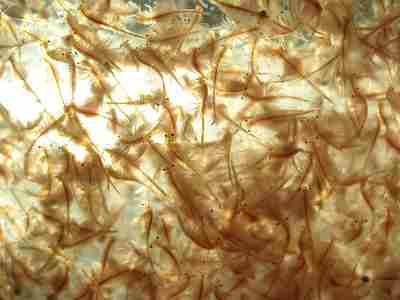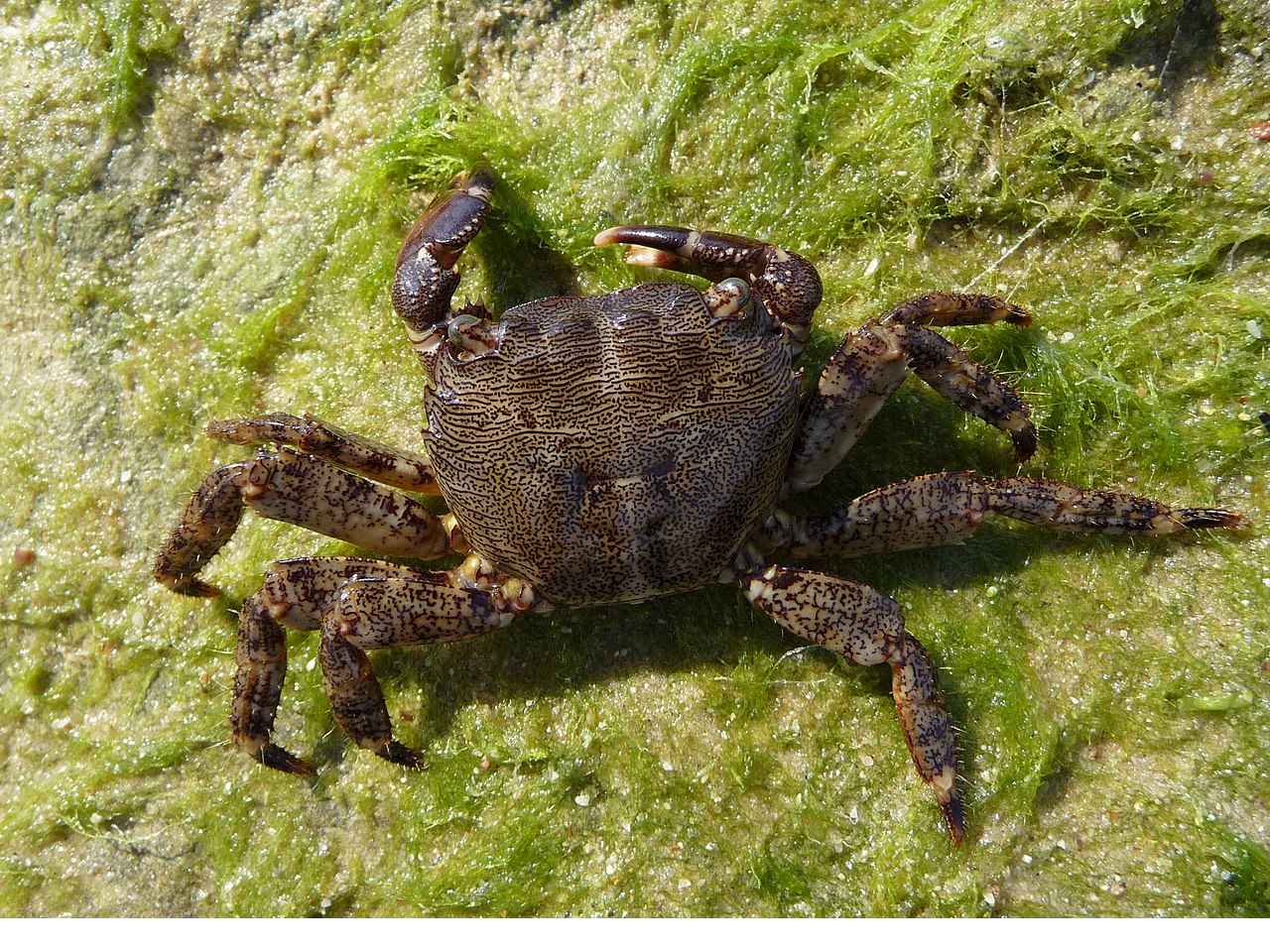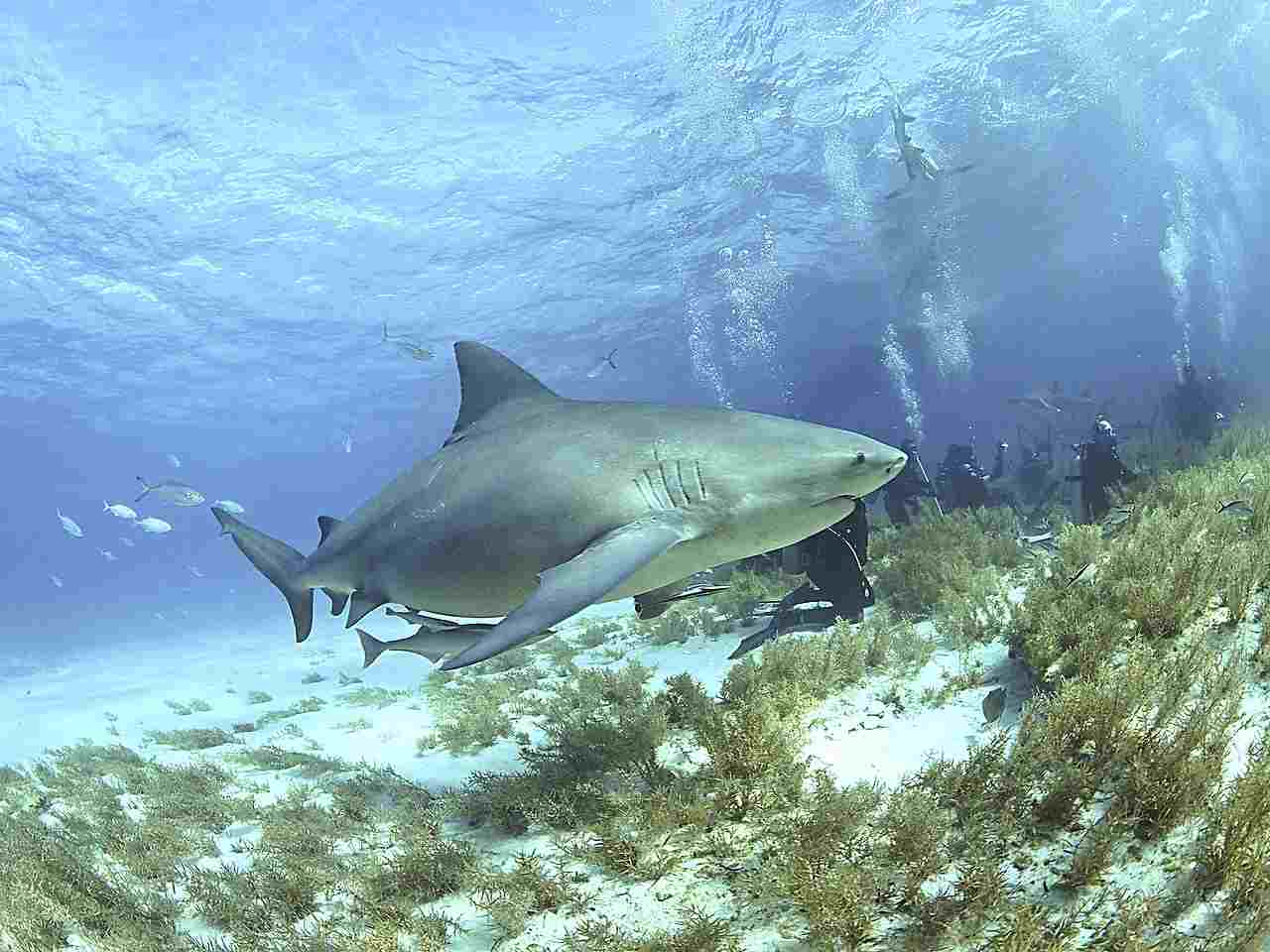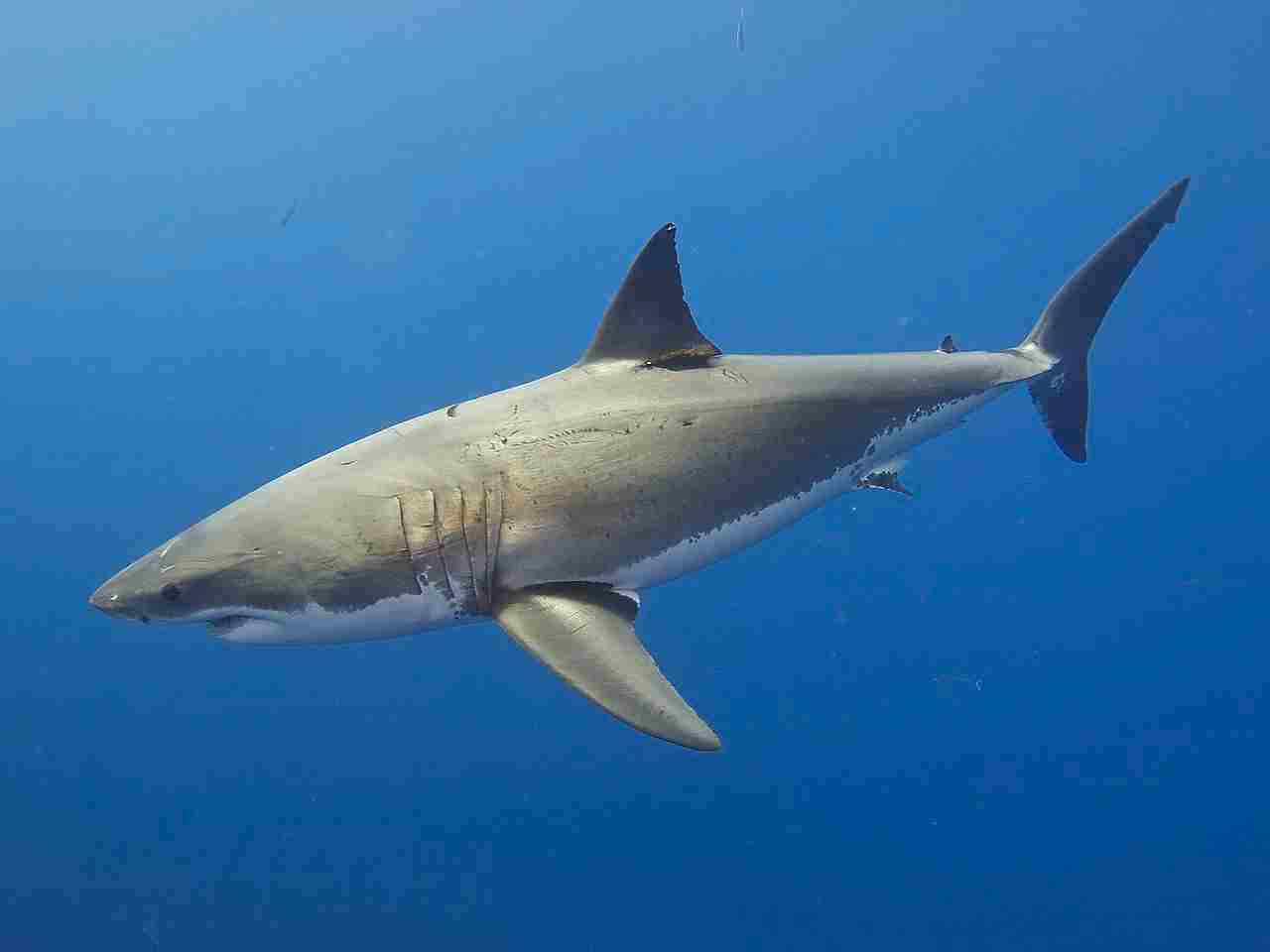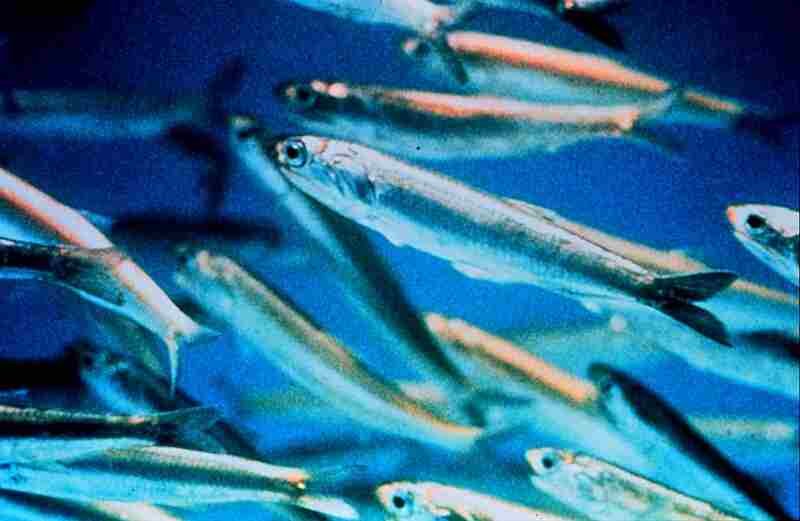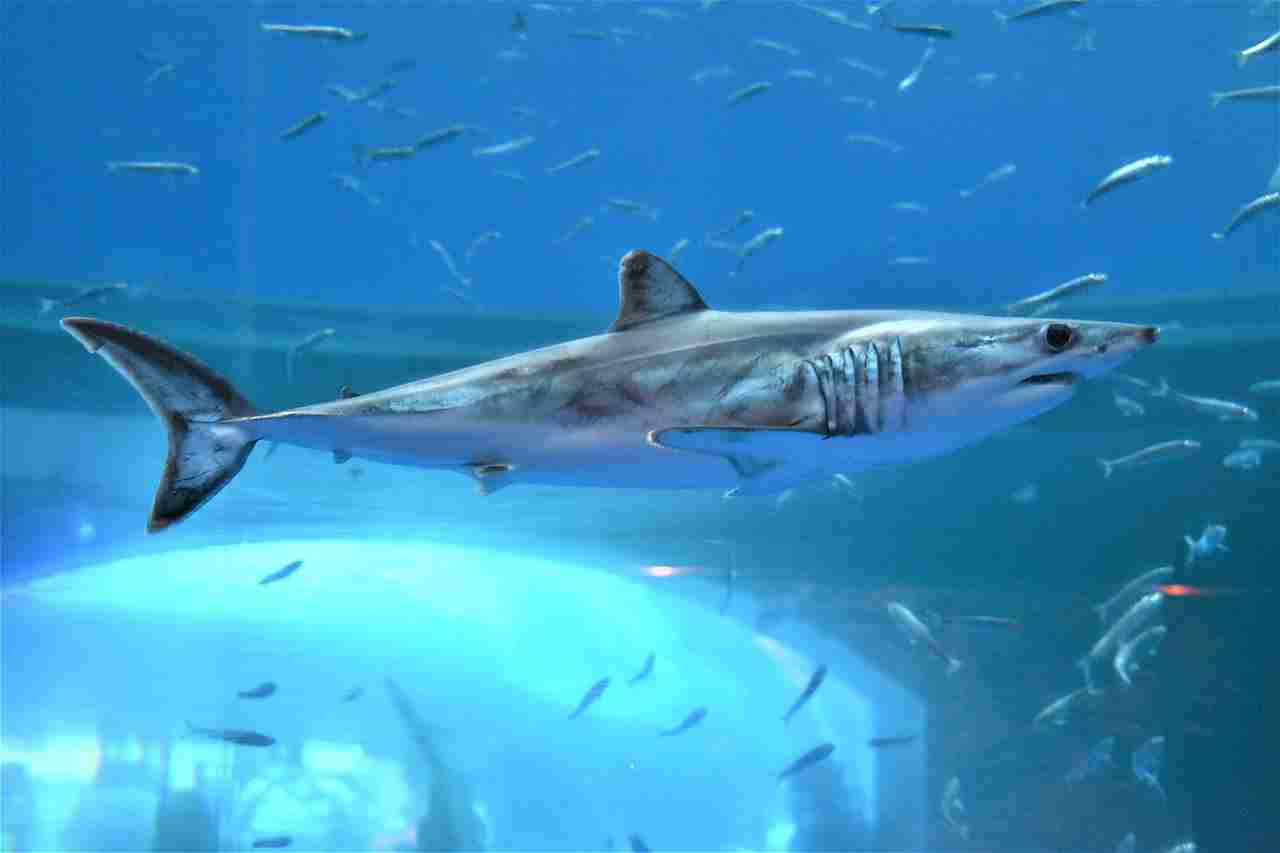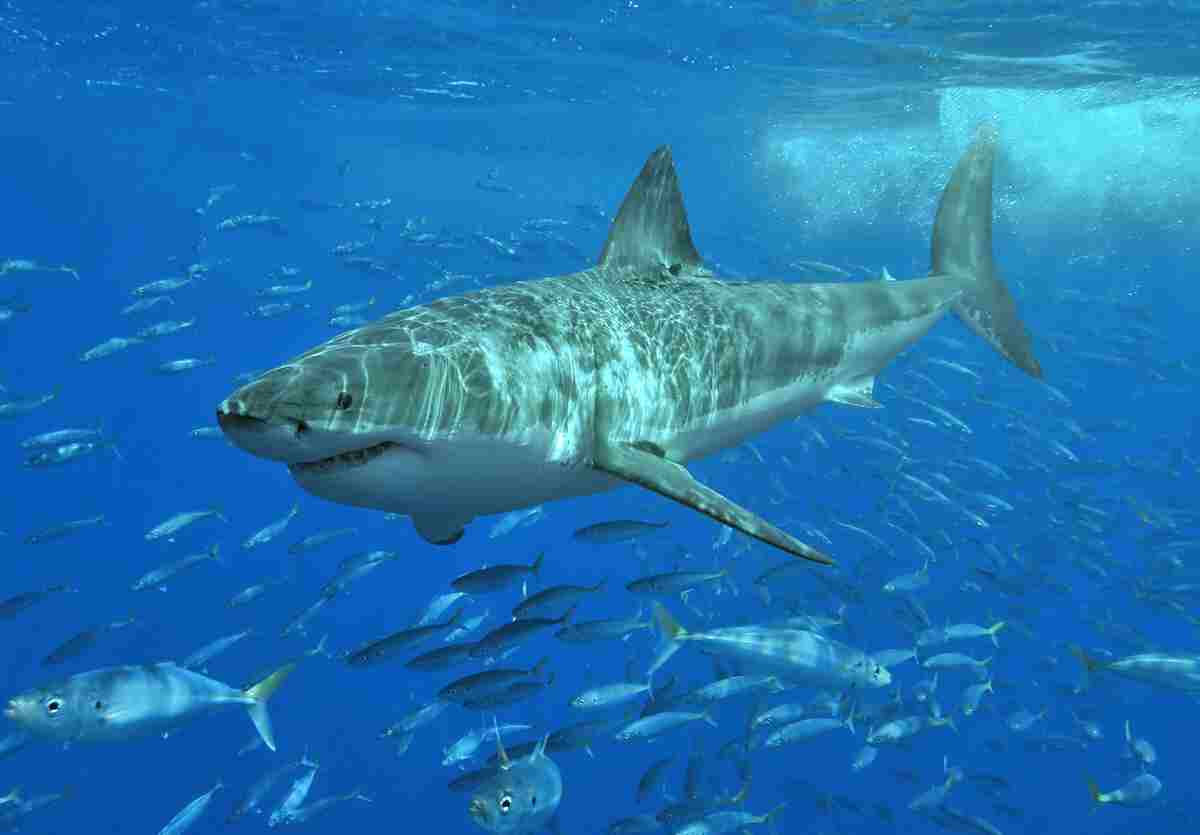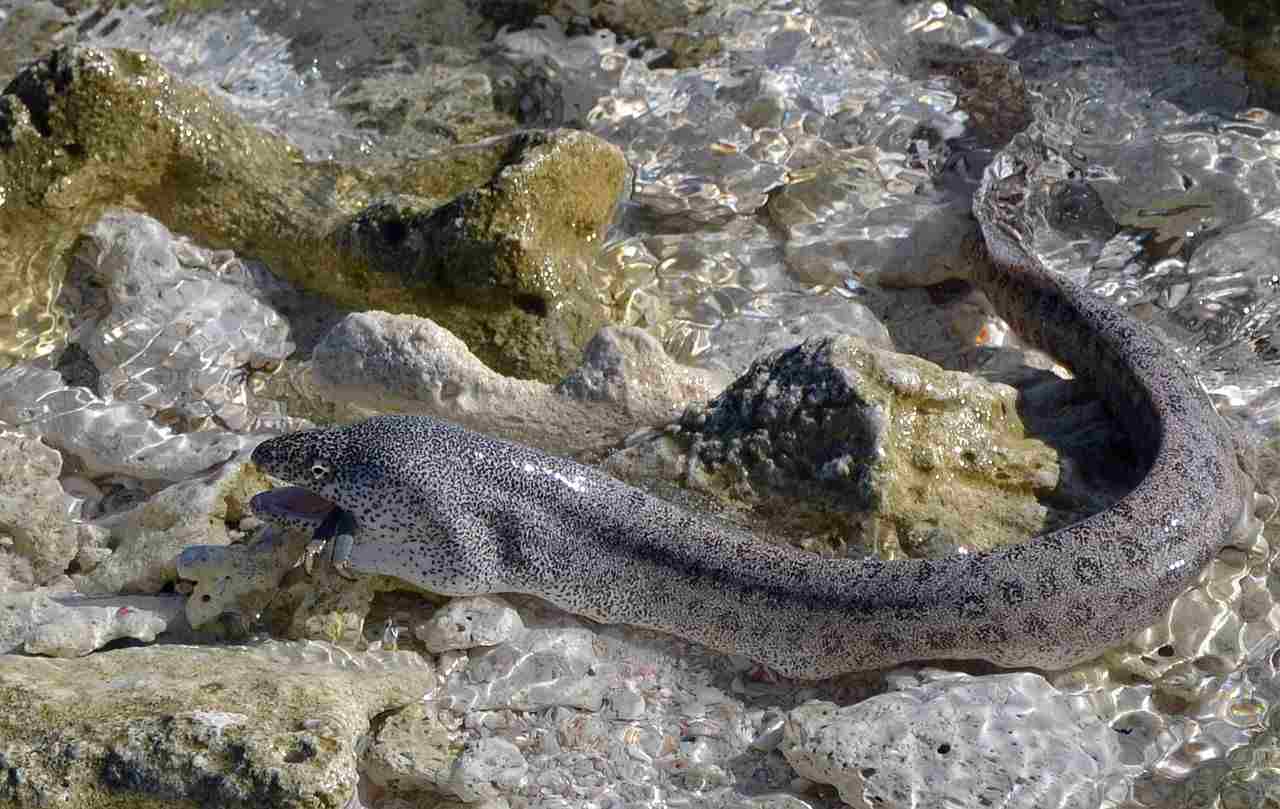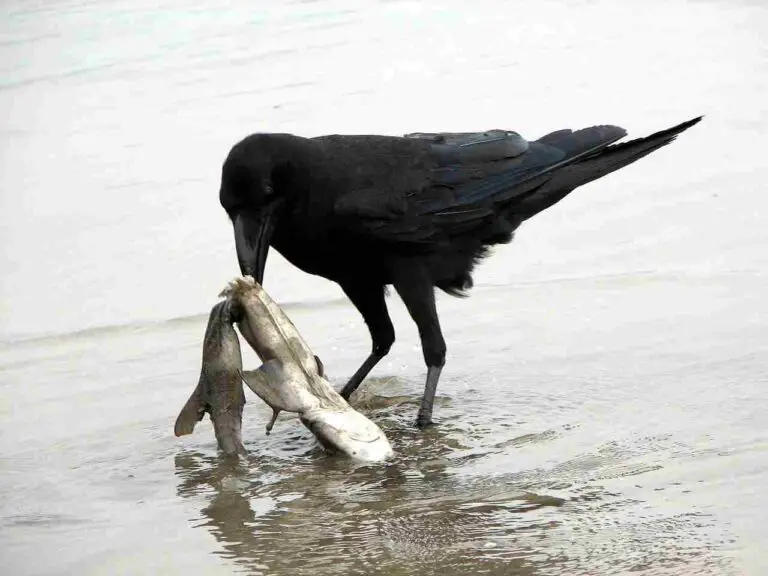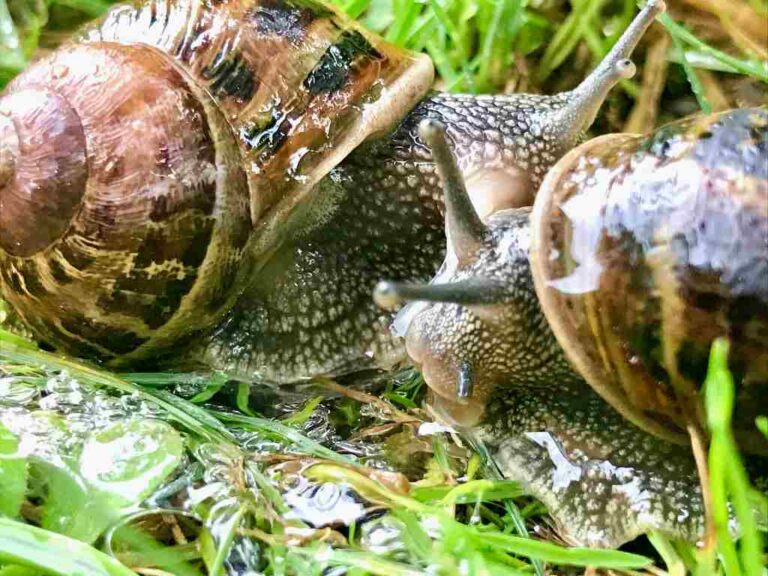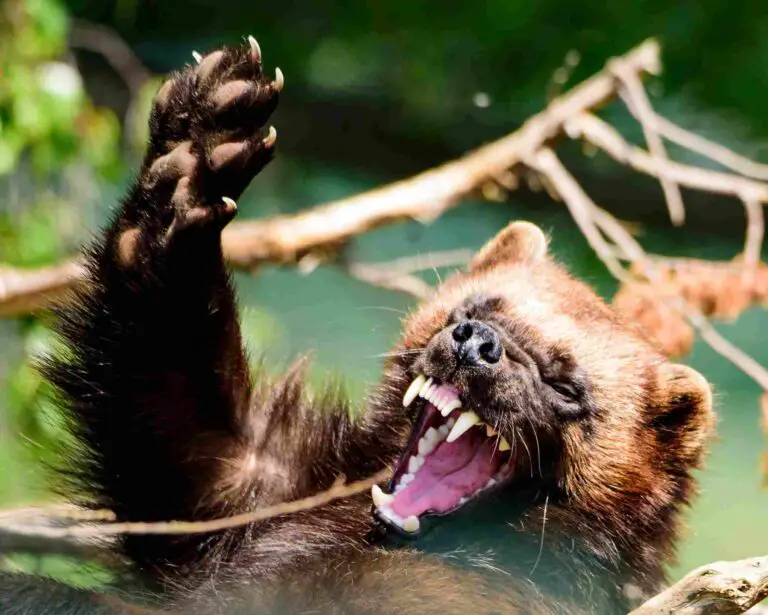9+ Scavengers In The Pacific Ocean Ecosystem
Examples of scavengers in the Pacific Ocean include hagfish, remoras, sharks, isopods, amphipods, polychaetes, brown pelicans, crabs, lobsters, prawns, and shrimp. These scavengers play crucial roles in nutrient recycling and ecosystem balance by consuming decaying organic matter and preventing waste buildup. They contribute to the Pacific Ocean’s food web, providing food for predators at various trophic levels, and help maintain water cleanliness by removing organic debris. However, human activities such as overfishing, pollution, and habitat destruction can negatively impact scavenger populations, highlighting the importance of conservation efforts for these essential marine organisms.
1. Hagfish
Hagfish, belonging to the class Myxini, are fascinating scavengers found in the depths of the Pacific Ocean. These ancient, eel-like creatures possess a unique adaptation: they are able to produce copious amounts of slime when threatened, which helps them escape predators. Despite their lack of jaws, hagfish are efficient scavengers, feeding on the decaying remains of fish and other marine organisms that sink to the ocean floor. Their scavenging behavior plays a crucial role in the ecosystem by recycling nutrients and helping to maintain the balance of marine food webs. Hagfish are opportunistic feeders, taking advantage of any carrion they encounter, and their presence is often indicative of an active deep-sea scavenging community.
2. Remora
Remoras, also known as suckerfish or shark suckers, are small fish commonly found in the Pacific Ocean. These scavengers have a unique adaptation: they possess a modified dorsal fin that acts as a suction cup, allowing them to attach themselves to larger marine animals such as sharks, whales, and sea turtles. By hitching rides on these hosts, remoras gain access to food scraps and parasites that are dislodged during the host’s feeding or cleaning activities. Remoras are opportunistic feeders, scavenging on a variety of organic matter, including leftover prey and detritus, making them important contributors to the ocean’s cleaning crew.
3. Shark
Sharks are apex predators of the Pacific Ocean, but they also play a significant role as scavengers. Despite their reputation as fearsome hunters, many shark species are opportunistic feeders and will scavenge on carrion when the opportunity arises. Whether it’s a dead whale carcass sinking to the ocean floor or the remains of a large fish caught by another predator, sharks are quick to detect and consume the available food resources. Their keen sense of smell and ability to detect weak electrical signals allow them to locate and capitalize on scavenging opportunities, contributing to the efficient recycling of nutrients in marine ecosystems.
4. Isopods
Isopods are a diverse group of crustaceans found in various marine habitats, including the Pacific Ocean. While some species are active predators or herbivores, many isopods are scavengers, feeding on decaying organic matter on the ocean floor. These opportunistic feeders play a crucial role in breaking down dead organisms and recycling nutrients back into the ecosystem. Isopods are particularly abundant in deep-sea environments, where they scavenge on the carcasses of large marine animals that sink to the seafloor. Their scavenging behavior helps maintain the health and balance of deep-sea ecosystems by preventing the buildup of organic material and promoting nutrient cycling.
5. Amphipods
Amphipods are small crustaceans commonly found in the Pacific Ocean, where they play important roles as scavengers in marine ecosystems. These tiny creatures exhibit a wide range of feeding behaviors, with many species being opportunistic scavengers that feed on decaying organic matter, detritus, and carrion. Amphipods are particularly abundant in benthic habitats, where they scavenge on the ocean floor for food particles and organic debris. Their scavenging activities contribute to the breakdown of organic material and the recycling of nutrients in marine environments. Additionally, amphipods serve as an essential food source for many larger marine animals, forming an integral part of the Pacific Ocean’s intricate food web.
6. Polychaetes
Polychaetes are a diverse group of segmented worms found in the Pacific Ocean, where they inhabit a wide range of marine environments, from shallow coastal waters to the deep sea. Many polychaete species are scavengers, feeding on detritus, decaying organic matter, and carrion. These opportunistic feeders play an important role in nutrient cycling and ecosystem functioning by breaking down organic material and recycling nutrients back into the marine environment. Polychaetes are particularly abundant in benthic habitats, where they burrow into sediments or crawl along the seafloor in search of food. Their scavenging activities help maintain the health and balance of marine ecosystems, contributing to the overall productivity and biodiversity of the Pacific Ocean.
7. Brown Pelican
The brown pelican is a seabird species found along the Pacific coast, where it plays a vital role as a scavenger in marine ecosystems. These large birds are skilled fish hunters, diving from the air to catch fish near the ocean surface. However, brown pelicans are also opportunistic scavengers, feeding on carrion and discarded fish scraps. They are often attracted to fishing boats and coastal fishing areas, where they scavenge on the bycatch and leftover bait. Brown pelicans are important contributors to the cleanup of marine environments, helping to reduce the accumulation of organic material and maintaining the overall health of coastal ecosystems.
8. Crab
Crabs are ubiquitous scavengers in the Pacific Ocean, found in a variety of marine habitats ranging from rocky shores to deep-sea vents. These crustaceans are opportunistic feeders, with many species actively searching for carrion, detritus, and other organic matter to consume. Crabs play a crucial role in marine ecosystems by scavenging on dead and decaying organisms, helping to recycle nutrients back into the environment. Their scavenging activities contribute to the breakdown of organic material and the maintenance of ecosystem balance. Crabs are also an important food source for many marine predators, forming an integral part of the Pacific Ocean’s complex food web.
9. Lobster
Lobsters are prized scavengers in the Pacific Ocean, known for their role in cleaning up decaying organic matter and contributing to nutrient recycling in marine ecosystems. These crustaceans are opportunistic feeders, scavenging on a variety of food sources, including dead fish, mollusks, and other marine organisms. Lobsters play a vital role in maintaining the health and balance of marine ecosystems by helping to prevent the buildup of organic material and promoting the decomposition of dead organisms. Their scavenging activities also provide an important food source for other marine animals, including fish, birds, and mammals. Lobsters are considered keystone species in many marine habitats, with their presence influencing the abundance and distribution of other organisms within the Pacific Ocean.
10. Prawn
Prawns are common scavengers found in the Pacific Ocean, known for their scavenging behavior and role in marine ecosystems. These crustaceans are opportunistic feeders, consuming a wide variety of organic matter, including detritus, carrion, and small organisms. Prawns play an important role in nutrient recycling and ecosystem functioning by breaking down organic material and returning nutrients back into the environment. Their scavenging activities help to maintain the health and balance of marine ecosystems by preventing the accumulation of organic waste and promoting the decomposition of dead organisms. Prawns are also an important food source for many marine predators, contributing to the intricate food web of the Pacific Ocean.
11. Shrimp
Shrimp are ubiquitous scavengers in the Pacific Ocean, known for their role in cleaning up organic debris and contributing to nutrient cycling in marine ecosystems. These crustaceans are opportunistic feeders, consuming a wide range of food sources, including detritus, carrion, and small organisms. Shrimp play a crucial role in maintaining the health and balance of marine ecosystems by scavenging on dead and decaying organic matter, helping to prevent the buildup of organic waste and promoting the decomposition of dead organisms. Their scavenging activities also provide an important food source for many marine predators, including fish, birds, and mammals. Shrimp are considered key players in the Pacific Ocean’s food web, influencing the abundance and distribution of other marine organisms within their habitat.
*Summary
-
Hagfish:
-
Ancient, eel-like scavengers producing copious slime.
-
Feed on decaying remains, vital for nutrient recycling.
-
-
Remora:
-
Small fish with modified dorsal fins for attachment.
-
Opportunistic scavengers, hitch rides on larger marine animals.
-
-
Shark:
-
Apex predators also known for scavenging.
-
Detect and consume carrion, contributing to nutrient recycling.
-
-
Isopods:
-
Crustaceans scavenging on detritus and carcasses.
-
Abundant in deep-sea environments, aiding in nutrient cycling.
-
-
Amphipods:
-
Tiny crustaceans feeding on organic matter.
-
Abundant scavengers in benthic habitats, vital for ecosystem balance.
-
-
Polychaetes:
-
Segmented worms scavenging on decaying matter.
-
Found in various marine environments, contribute to nutrient recycling.
-
-
Brown Pelican:
-
Seabird scavengers feeding on carrion and fish scraps.
-
Important in cleaning coastal areas and reducing organic buildup.
-
-
Crab:
-
Common scavengers found in various marine habitats.
-
Key in recycling nutrients by consuming organic matter.
-
-
Lobster:
-
Prized scavengers cleaning up decaying organic matter.
-
Maintain ecosystem health and serve as food for predators.
-
-
Prawn:
-
Common scavengers consuming detritus and small organisms.
-
Important for nutrient cycling and as prey for marine predators.
-
-
Shrimp:
-
Ubiquitous scavengers feeding on organic debris.
-
Crucial for ecosystem balance and as prey for various marine animals.
-
| Scavenger | Description |
| Hagfish |
Ancient, eel-like scavengers producing copious slime; feed on decaying remains.
|
| Remora |
Small fish with modified dorsal fins for attachment; opportunistic scavengers.
|
| Shark |
Apex predators also known for scavenging; detect and consume carrion.
|
| Isopods |
Crustaceans scavenging on detritus and carcasses; abundant in deep-sea environments.
|
| Amphipods |
Tiny crustaceans feeding on organic matter; abundant scavengers in benthic habitats.
|
| Polychaetes |
Segmented worms scavenging on decaying matter; found in various marine environments.
|
| Brown Pelican |
Seabird scavengers feeding on carrion and fish scraps; important in cleaning coastal areas.
|
| Crab |
Common scavengers found in various marine habitats; key in recycling nutrients.
|
| Lobster |
Prized scavengers cleaning up decaying organic matter; maintain ecosystem health.
|
| Prawn |
Common scavengers consuming detritus and small organisms; important for nutrient cycling.
|
| Shrimp |
Ubiquitous scavengers feeding on organic debris; crucial for ecosystem balance.
|
Related FAQs
1. What is the role of scavengers in the Pacific Ocean ecosystem?
Scavengers in the Pacific Ocean play a crucial role in nutrient recycling and ecosystem balance. They consume decaying organic matter, carrion, and detritus, preventing the buildup of waste and promoting the decomposition of dead organisms. This helps recycle nutrients back into the environment, maintaining the health and productivity of marine ecosystems.
2. How do scavengers contribute to the food web in the Pacific Ocean?
Scavengers serve as important components of the Pacific Ocean’s food web. They provide food for predators at various trophic levels, from small fish to apex predators. By consuming organic matter and recycling nutrients, scavengers support the growth and survival of other marine organisms, contributing to the complexity and stability of the food web.
3. What are some examples of scavengers commonly found in the Pacific Ocean?
Common scavengers in the Pacific Ocean include hagfish, remoras, sharks, isopods, amphipods, polychaetes, brown pelicans, crabs, lobsters, prawns, and shrimp. These organisms exhibit a wide range of scavenging behaviors and play diverse roles in marine ecosystems, contributing to the overall health and functioning of the Pacific Ocean environment.
4. How do scavengers help maintain the cleanliness of the Pacific Ocean?
Scavengers play a critical role in cleaning up organic debris and preventing the accumulation of waste in the Pacific Ocean. By consuming dead and decaying organisms, scavengers help remove organic material from the water column and ocean floor, reducing the risk of pollution and maintaining water quality. Additionally, scavengers like brown pelicans contribute to coastal cleanup efforts by consuming fish scraps and carrion along the shorelines.
5. Are scavengers affected by human activities in the Pacific Ocean?
Human activities such as overfishing, pollution, habitat destruction, and climate change can impact scavenger populations in the Pacific Ocean. Overfishing can reduce the availability of carrion and detritus for scavengers, disrupting their feeding habits. Pollution can introduce harmful substances into the marine environment, affecting scavenger health and behavior. Habitat destruction and climate change can alter marine ecosystems, potentially reducing scavenger habitat and food sources. It’s important to mitigate these impacts to ensure the long-term survival of scavenger species and the health of the Pacific Ocean ecosystem.
